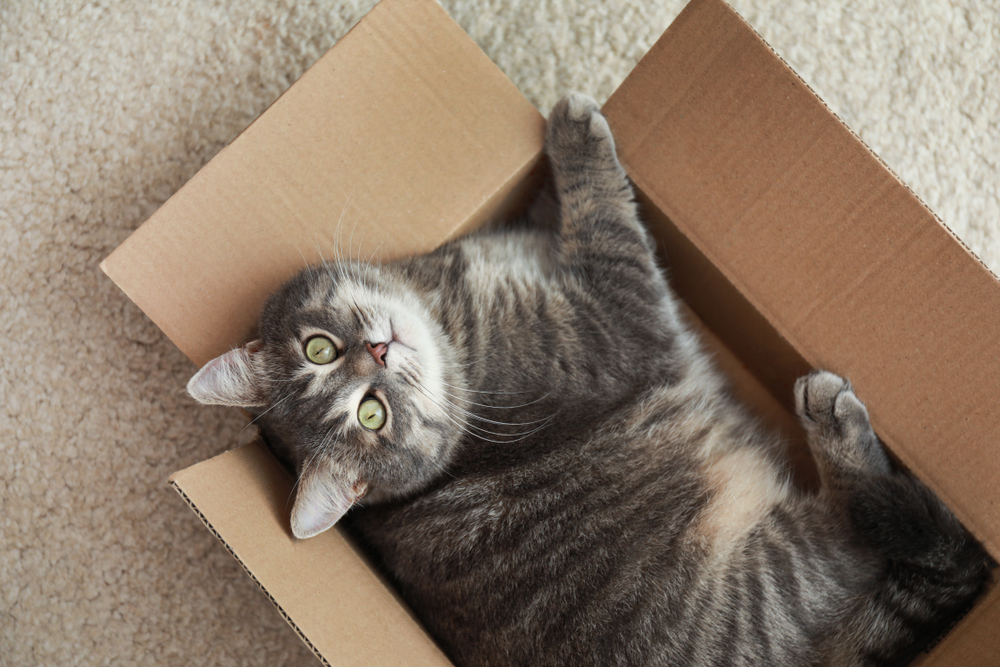Oakland Veterinary Referral Services Blog
Preparing for Spring: Prevent Seasonal Allergies in Dogs
Spring is on the horizon, which means seasonal allergies, warmer weather, and beautiful blooms are on the way. While spring has many fantastic elements, it can also bring allergies to people and pets. Seasonal allergies in dogs can put a damper on your springtime plans but have no fear. With preparation, you can help prevent seasonal allergies for your pups and enjoy the season’s beauty. If these first steps aren’t sufficient for your pet, consider an allergy specialist at a specialty veterinary hospital like Oakland Veterinary Referral Services.

Canine Cognitive Dysfunction: Recognizing and Managing Dog Dementia
As dogs age, they are more susceptible to certain conditions, such as dog dementia (aka canine cognitive dysfunction), affecting their memory and mental functions. Although there is currently no cure for dog dementia, spotting it quickly can help you and your veterinarian manage it and slow its progression. Keep reading for more information on the disorder and how it could affect your pet.

Why Cats Love Boxes Even More in Winter
Cats love boxes. They love boxes so much, in fact, that sometimes they prefer the packaging of a new toy to the toy itself. If you’ve noticed that your cat seems to love boxes more in colder weather, you are not alone in noting this mystery. Keep reading to learn why cats love boxes even more in winter:

Best Heated Beds for Cats
We can all learn something about being cozy from our feline friends. Cats are experts at seeking out spots that provide the ultimate comfort and warmth. Make life a little easier for your cat by investing in one of these heated beds for cats. Here are some great options to keep your kitty happy and warm (and maybe off your keyboard) all winter long.

Snow Day Fun: Introducing Your Dogs to Snow
We’re no strangers to snow days here in Michigan. Playing in the snow can create happy memories for your whole family—if you properly plan for it. Introducing your dogs to snow for the first time, it is preferable to give them a little time and space to get used to it.

Warm Dog Coats and Boots for Winter Weather
We are no strangers to cold weather in Michigan. Your own closet is probably full of winter gear to keep you warm from your head to your toes. Many dog owners do not have the same extensive collection for their pets, though. If you are looking to bulk up your pup’s accessories, here are some great warm dog coats and boots for winter weather:
Dog Snowsuits and Boots
If you’re in the thralls of an extra snowy winter, it might behoove you to get a canine snowsuit and boots to make it easier to brave the cold with your pup. Snowsuits like this one with attached booties make it a little easier to get outside. The suit and booties are waterproof and provide ease of movement. Your dog will stay warm and dry without feeling restricted.

Do Dogs Have Favorite Music or TV Shows?
Have you noticed that your dog enjoys a particular TV show or type of music more than others? Many dog owners use music or television to stimulate or comfort their pups when they leave the home. Or their dog is drawn to specific shows, albums, or music channels. Do dogs have favorite music or TV shows? They certainly have strong preferences. Why is that so? Keep reading to learn more about dogs and their viewing/listening preferences.

Cat Superpower: Do Cats Always Land on Their Feet?
If you’ve ever seen a cat jump from an impossibly high surface and somehow land on their feet, you probably know about their ninja-like tendencies. Sometimes these tiny creatures seem to have actual superpowers. After a while, this commonplace behavior might lose some of its excitement for a cat owner because it happens so often, but it is still an amazing stunt. Do cats always land on their feet? The answer is almost always. We look at how they do it and why there are a few exceptions.

Cats and Technology: A Purrrrfect Match?
We seek to give you insight into cats and technology and how they can complement each other. Many cats of the modern world have a love/hate relationship with technology (as with some humans). However, technology can make it easier for us to care for our cats and add depth and stimulation to their lives. Here’s how:

Why Do Dogs Tilt Their Heads? The Science Behind the Tilt
Dogs have certain quirky behaviors that capture our hearts, and one of these behaviors is the canine head tilt. While not every dog does it, the ones who do seem to have it down to an art. But why do dogs tilt their heads? What, if anything, are they trying to say or do with this irresistibly adorable quirk?



